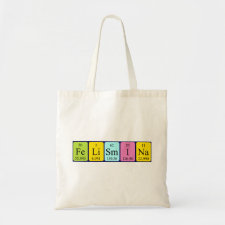
Authors: Tavares APM, Truta LAAN, Moreira FTC, Minas G, Sales MGF
Article Title: Photovoltaics, plasmonics, plastic antibodies and electrochromism combined for a novel generation of self-powered and self-signalled electrochemical biomimetic sensors.
Publication date: 2019
Journal: Biosensors and Bioelectronics
Volume: 137
Page numbers: 72-81.
DOI: 10.1016/j.bios.2019.04.055
Alternative URL: https://www.sciencedirect.com/science/article/pii/S095656631930346X
Abstract: This work describes further developments into the self-powered and self-signalled biosensing system that merges photovoltaic cells, plastic antibodies and electrochromic cells into a single target. Herein, the plasmonic effect is introduced to improve the photoanode features of the photovoltaic cell, a dye sensitized solar cell (DSSC), and better electrocatalytic features are introduced in the electrode containing the sensing element. In brief, the DSSC had a counter-electrode of poly(3,4-ethylenedioxythiophene) on an FTO glass modified by a plastic antibody of 3,4-ethylenedioxythiophene and pyrrol. The photoanode had dye sensitized TiO2 modified with gold nanoparticles (AuNPs) to increase the cell efficiency, aiming to improve the sensitivity of the response of hybrid device for the target biomarker. The target biomarker was carcinoembryonic antigen (CEA). The response of the hybrid device evidenced a linear trend from 0.1 ng/mL to 10 μg/mL, with an anionic slope of 0.1431 per decade concentration. The response of the plastic antibody for CEA revealed great selectivity against other tumour markers (CA 15-3 or CA 125). The colour response of the electrochromic cell was also CEA concentration dependent and more sensitive when the hybrid device was set-up with a photoanode with AuNPs. A more intense blue colour was obtained when higher concentrations of CEA were present. Overall, this improved version of the self-powered and self-signalled set-up has zero-requirements and is particularly suitable for point-of-care analysis (POC). It is capable of screening CEA in real samples and differentiating clinical levels of interest. This concept opens new horizons into the current cancer screening approaches
Template and target information: protein, carcinoembryonic antigen, CEA
Author keywords: biomimetic sensor, Cancer biomarker, Dye-sensitized solar cells, Electrochromic cell, carcinoembryonic antigen



Join the Society for Molecular Imprinting

New items RSS feed
Sign-up for e-mail updates:
Choose between receiving an occasional newsletter or more frequent e-mail alerts.
Click here to go to the sign-up page.
Is your name elemental or peptidic? Enter your name and find out by clicking either of the buttons below!
Other products you may like:
 MIPdatabase
MIPdatabase









